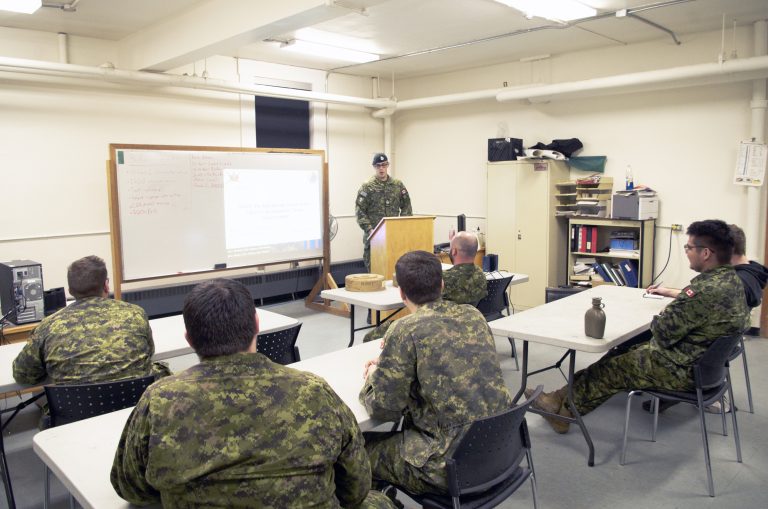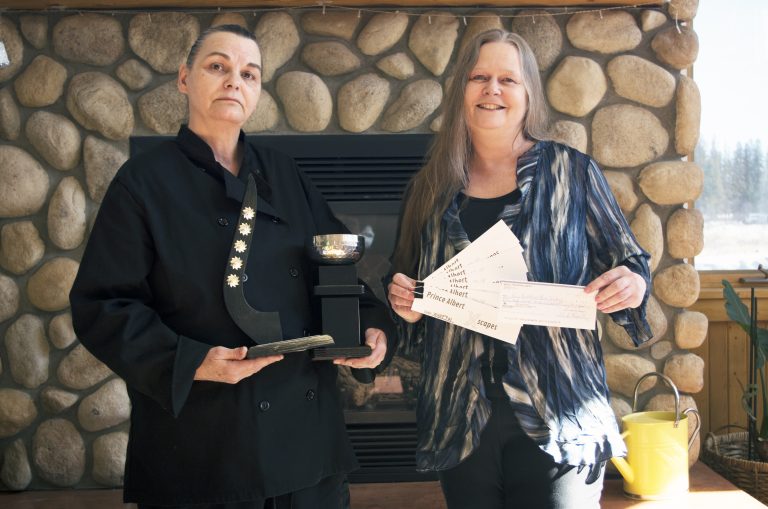Wildfire crews have started training two weeks earlier than usual as the Saskatchewan Public Safety Agency (SPSA) prepares for what they expect to be a busier than usual wildfire season.
SPSA president Marlo Pritchard said Saskatchewan received below average precipitation this past winter, which means lower water tables is some parts of the province. The SPSA also expects higher than normal temperatures for the summer, and another year of drought.
With those spring risk conditions in mind, Type 1 Wildfire Crews began training in March, two weeks earlier than normal. They will be ready to respond to fires starting the week of April 15.
“Above average temperatures are forecast for the spring months across Canada, except for Yukon,” Pritchard said during a media briefing on Monday. “Going into the summer months, the province is likely to experience La Nina, which will persist into the fall and winter. Typically, La Nina tends to give cooler and wetter conditions, but that is not always the case. To best address these spring risk conditions, the agency is preparing for an earlier than usual wildfire season.”
Type 2 Wildfire Crews were also recalled early, and started training on Sunday. Staff began training with air tankers on Monday, as the SPSA expects them to be operational earlier than they were last year.
Grassfires are the biggest concern heading into spring. The province’s snowpack ranges from below normal to well-below normal, which could result in water supply issues.
Despite the anticipated hot and dry conditions, SPSA vice-president of operations Steve Roberts said can significantly reduce wildfire activity by behaving responsibly.
Wildfires started in the next two months will be primarily caused by humans, Roberts said. Keeping those fires to a minimum in the spring will help ensure wildfire resources are not stretched thin in the summer.
“Our actual result of how much fire area burned and communities evacuated is 100 per cent reliant on people being careful with fire and not causing fires that should be avoided in the early spring conditions until the lightning arrives,” Roberts told reporters.
“I know that people think that wildfire season is the middle of summer, but a large number of fires are started in the spring,” he added. “Some of those, like last year, become very large.”
Roberts said they prepare for a busy wildfire season, regardless of what the weather forecast and projections say. He added that weather is just one of several factors that goes into creating a busy wildfire season.
“It will be 100 per cent a combination of factors, including weather, the number of fires, the size, and location of those, and ultimately that will lead to the question of whether an evacuation is or is not required,” he said.
The 2023 wildfire season was one of the busiest in decades, with nearly 500 wildfires reported. The five-year average is 378.
SPSA statistics show 2,703 people were evacuated due to wildfires in 2023. Roughly 1.9 million hectares burned during the season.
There were no fatalities due to wildfire last year, however 43 structures burned down.










